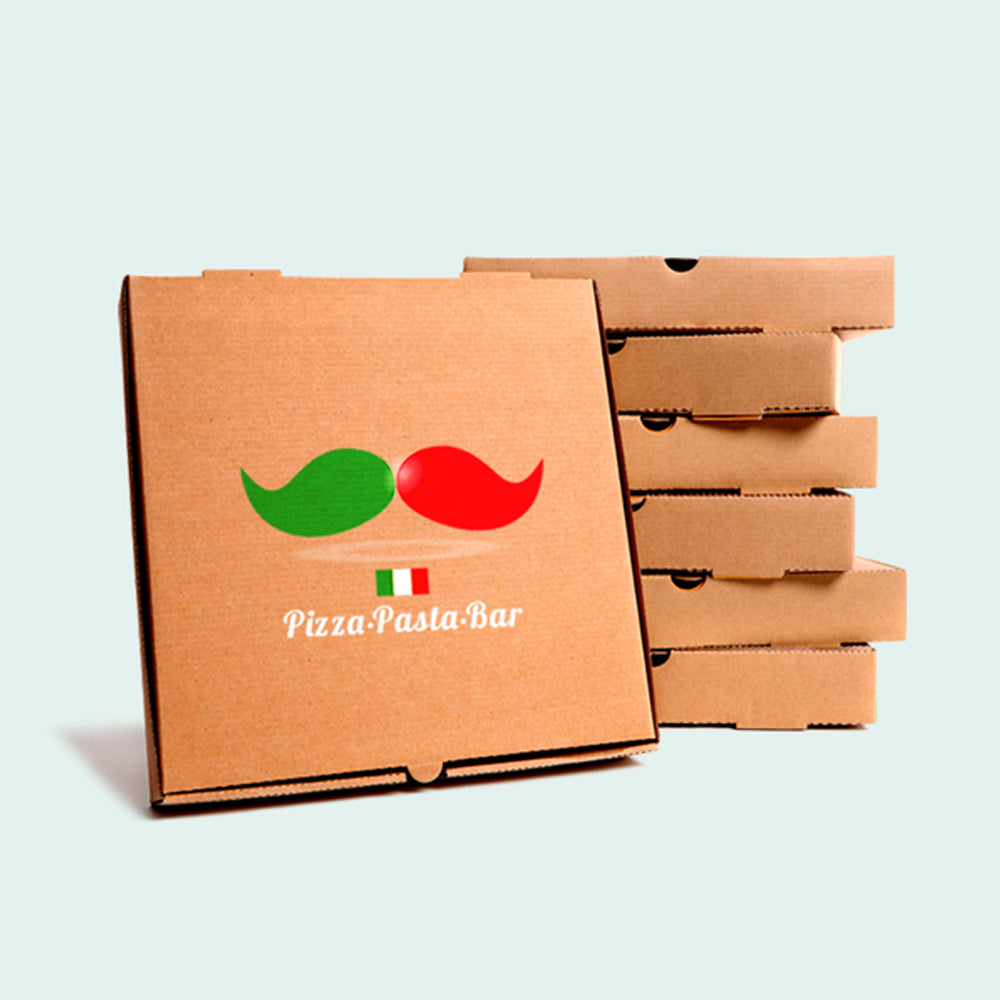The Art of Folded Flyer Design Strategies for Impactful Communication
Folded flyer design represents a unique intersection of creativity and practicality in visual communication. Unlike traditional flat flyers, folded flyers provide an engaging and interactive experience for the audience. This article will explore the essential elements of effective folded flyer design and highlight strategies for ensuring that your message stands out.
Firstly, the layout and structure of a folded flyer are critical. Since the flyer contains multiple panels, it offers the opportunity to create a narrative or guide the reader through a series of messages. The front panel typically serves as the cover, capturing attention with striking visuals or compelling headlines. Designers should consider the hierarchy of information, with the most important content positioned prominently. It’s wise to take advantage of the fold’s natural divisions, using them to segment different parts of the message.
Incorporating eye-catching graphics and images is another vital aspect of folded flyer design. Visual elements should not only complement the text but also enhance the overall aesthetic appeal of the flyer. High-quality images or illustrations can evoke emotions, create brand recognition, and make the content more relatable. The strategic use of color is equally important; it can direct the reader’s attention and strengthen the flyer’s messaging. A well-chosen color palette can convey a sense of professionalism, creativity, or urgency, depending on the desired tone.
folded flyer design

Typography also plays a crucial role in folded flyer design. Legible, well-chosen fonts contribute to the readability of the flyer, while varied font sizes can help emphasize key points. It’s essential to maintain consistency across the flyer to ensure a cohesive look, which helps the reader navigate through the content smoothly. Additionally, incorporating brand-specific typography can enhance brand recognition, making the flyer memorable.
Further, a clear call-to-action (CTA) is essential for any successful folded flyer. The CTA should encourage the reader to take the desired action, whether it’s visiting a website, attending an event, or making a purchase. This directive should be concise, direct, and strategically placed, perhaps on the last panel where the reader’s interest is most piqued.
Finally, considering the target audience throughout the design process is paramount. Understanding the preferences and behaviors of the intended audience allows designers to tailor the messaging and visuals accordingly. A flyer aimed at a younger demographic may lean towards bold, vibrant designs, while one targeted at professionals might opt for a more subdued, sophisticated look.
In conclusion, effective folded flyer design combines thoughtful layout, striking visuals, well-chosen typography, and a clear call-to-action. By focusing on these elements and keeping the target audience in mind, designers can create impactful folded flyers that effectively communicate their message and engage readers. Whether for marketing campaigns, event promotions, or brand awareness, a well-designed folded flyer can be a powerful tool in any communication strategy.



